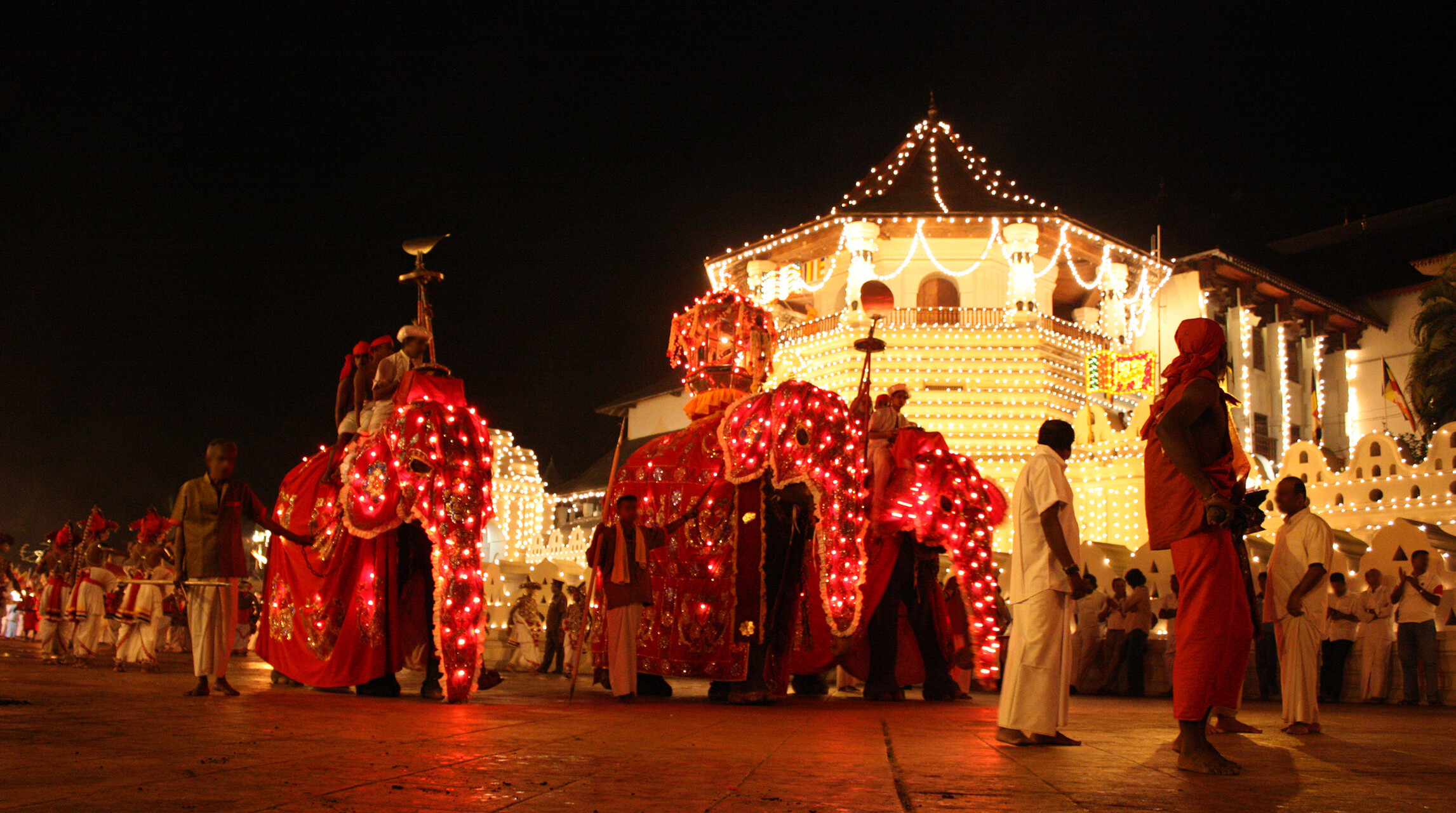Economy
The economy that evolved in Sri Lanka under British rule consisted of modern sector, whose main component was plantation agriculture, and traditional sector comprising subsistence agriculture

Resources
In Sri Lanka the resource potential in minerals such as gemstones, graphite, ilmenite, iron ore, limestone, quartz, industrial clays, and salt is large. The gem mining is the most important, producing high-value gemstones such as sapphire, ruby, and topaz. The other minerals are used locally as raw materials in the manufacturing and construction industries.
Culture
Sri Lanka’s culture has been strongly influenced by the country’s past, mainly by the religion and colonization of the Dutch, Portuguese and British. Unlike the usual practice, the national New Year does not occur at midnight, but at a time determined by astrologers. Not only its beginning, but also the end of the old year are specified by them. Between the end of the old year and the beginning of the new year, there is called “nona gate”. During this time, everyone should rest and stay away from any type of work, engaging only in relaxing activities and traditional games.
Sri Lanka cuisine consists mainly of boiled or blanched rice served with curry. Curry is put not only I meat and fish dishes, but also in vegetable and even fruits. Sri Lankan dishes are known as one of the most spicy in the world due to the excessive use of different varieties of chili. Usually the food cooked in restaurants has less chili than the one cooked at home.
The culture of Sri Lanka is influenced primarily by Buddhism and Hinduism. Sri Lanka is the home to two main traditional cultures: the Sinhalese (centred in Kandy and Anuradhapura) and the Tamil (centred in Jaffna). Tamils co-existed with the Sinhalese people since then, and the early mixing rendered the two ethnic groups almost physically indistinct. Ancient Sri Lanka is marked for its genius in hydraulic engineering and architecture. The British colonial culture has also influenced the locals. The rich cultural traditions shared by all Sri Lankan cultures is the basis of the country's long life expectancy, advanced health standards and high literacy rate.
Education
The government controls the educational system and offers free education from primary schools through university levels and in certain professional and technical fields. More than 85 percent of the population is literate, giving Sri Lanka one of the highest literacy rates among developing countries.